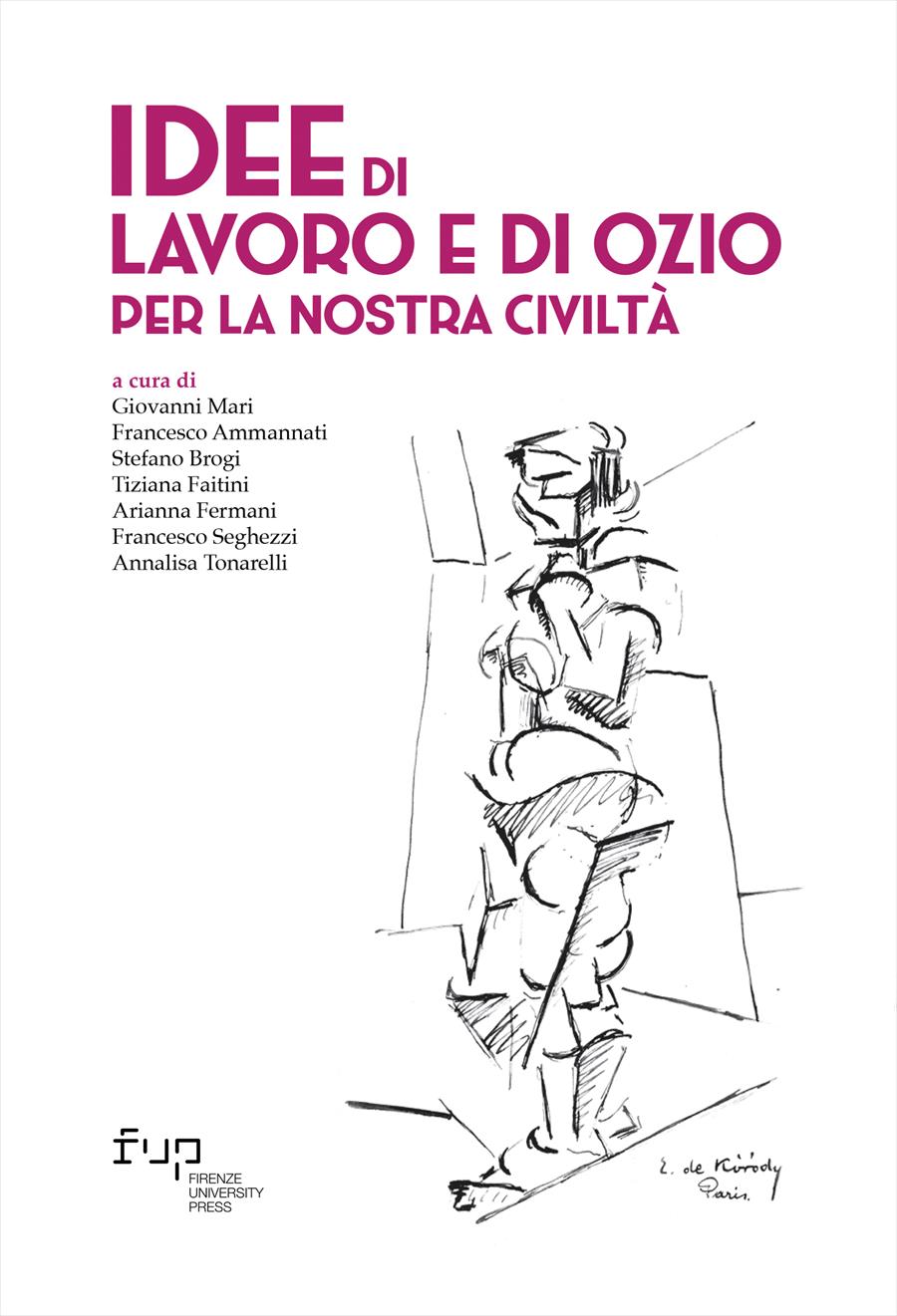- Idee di lavoro e di ozio per la nostra civiltà
- Edited by Giovanni Mari, Francesco Ammannati, Stefano Brogi, Tiziana Faitini, Arianna Fermani, Francesco Seghezzi, Annalisa Tonarelli
Il lavoro pratico arriva alla letteratura
- Paolo Cherchi
- © 2024 Author(s) |
- CC BY 4.0
- DOI: 10.36253/979-12-215-0319-7.52
The Sixteenth century gradually overcame the inadequate consideration previously accorded to pratical work. Cornelius Agrippa, De incertitudine scientiarum (1529) treated many menial jobs next to the noble ones, and he had a negative attitude towards the workers who tranformed necessary trades into fake disciplines. The “professors of secrets” dispelled such negativity by publishing the recipes of their products. Vannoccio Biringucci’s Pirotecnia (1540) showed that scientific kowledge goes into the extraction and fusion of metals. Leonardo Fioravanti in his Specchio di tutte le scienze (1563) described humble and noble works. He opened the door to a flood of publications on all sorts of practical works from silk production, to distillation, dancing and tailoring. Finally the work had become a worthy subject for literature.
- Keywords:
- Agrippa,
- Biringucci,
- Fioravanti,
- trades,
- literature and work,
University of Chicago, United States
- Cherchi, Paolo. 2014. “Il lavoro e letteratura dall’antichità al Rinascimento.” Annali di Italianistica 32: 31-52.
- Eamon, William. 1964. Science and the Secrets of Nature. Books of Secrets in Medieval and Early Modern Culture. Princeton: Princeton University Press.
- Mari, Giovanni. 2019. Libertà nel lavoro. La sfida della rivoluzione industriale. Bologna: il Mulino.
- McClure, George W. 2004. The Culture of Profession in Late Renaissance Italy. Toronto: University of Toronto Press.
- Perrone Compagni, Vittoria. 2021. “Heinric Cornelius Agrippa von Nettesheim.” In Stanford Encyclopedia of Philosophy. <https://plato.stanford.edu/entries/agrippa-nettesheim/> (2024-03-07).
- Ray, Meredith K. 2015. Daughters of Alchemy. Women and Scientific Culture in Modern Early Italy. Florence: I Tatti Studies in Italian Renaissance History.
- Rossi, Paolo. 1962. I filosofi e le macchine. Milano: Feltrinelli.
Chapter Information
Chapter Title
Il lavoro pratico arriva alla letteratura
Authors
Paolo Cherchi
Language
Italian
DOI
10.36253/979-12-215-0319-7.52
Peer Reviewed
Publication Year
2024
Copyright Information
© 2024 Author(s)
Content License
Metadata License
Bibliographic Information
Book Title
Idee di lavoro e di ozio per la nostra civiltà
Editors
Giovanni Mari, Francesco Ammannati, Stefano Brogi, Tiziana Faitini, Arianna Fermani, Francesco Seghezzi, Annalisa Tonarelli
Peer Reviewed
Number of Pages
1894
Publication Year
2024
Copyright Information
© 2024 Author(s)
Content License
Metadata License
Publisher Name
Firenze University Press
DOI
10.36253/979-12-215-0319-7
ISBN Print
979-12-215-0245-9
eISBN (pdf)
979-12-215-0319-7
eISBN (epub)
979-12-215-0320-3
Series Title
Studi e saggi
Series ISSN
2704-6478
Series E-ISSN
2704-5919
